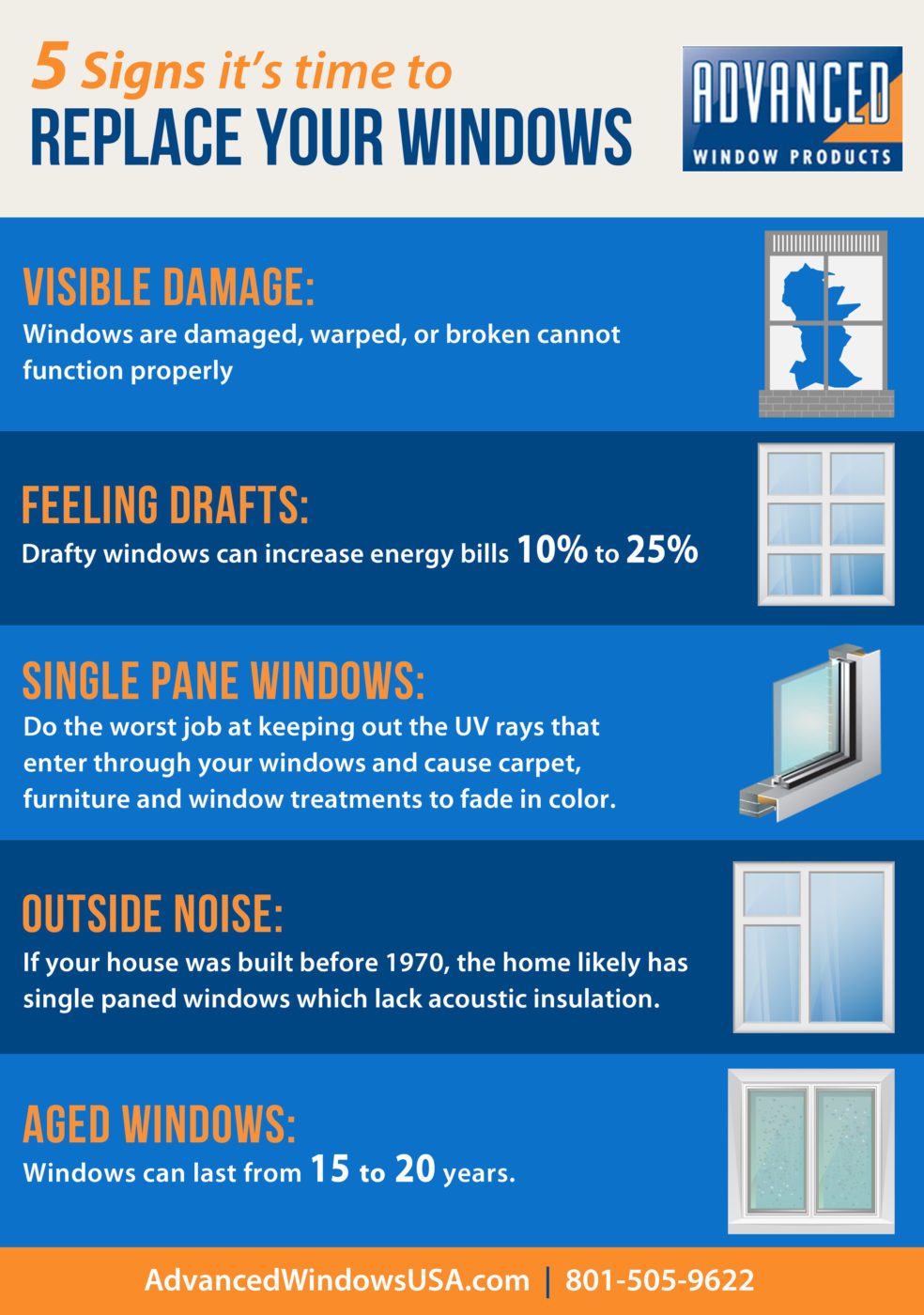Optimum Pressure Cleaning Approaches For Different Types Of Surfaces
Optimum Pressure Cleaning Approaches For Different Types Of Surfaces
Blog Article
Created By-Bryant Puckett
When it pertains to pressure washing, the technique you choose can make all the distinction in accomplishing a tidy, streak-free coating. You might find that difficult surface areas, like concrete, call for a various strategy than softer materials, such as timber or vinyl. It's important to adapt your techniques to the surface area kind to stop damages while making best use of cleansing effectiveness. So, what are the best techniques for each surface area, and how can you ensure you're utilizing the best settings and devices for the task? Let's explore what you need to understand to get the most effective outcomes.
Hard Surface areas
When it involves pressure washing tough surface areas, preparation is crucial. Prior to you even think about taking out the pressure washer, put in the time to clear the area of any kind of debris, furnishings, or obstacles. You don't desire anything entering your way or potentially harmful your devices.
Next, evaluate the surface for any splits or damages; this will assist you identify the best approach and stress setups.
Once you have actually prepared the area, it's vital to choose the appropriate nozzle. For tough surfaces like concrete or brick, a slim nozzle (15 or 25 levels) works best to supply a concentrated stream of water that can successfully remove crud and discolorations. Constantly begin at a distance and slowly relocate closer to prevent any kind of surface area damage.
As you start cleaning, keep the wand transferring to prevent touches and over-saturation. It's also practical to function from the top down, allowing dust and debris to wash away normally.
Finally, remember to wash the surface area completely after cleaning to get rid of any type of remaining cleaning agent. With these techniques, you'll achieve a tidy and renewed look on all your difficult surface areas.
Soft Surfaces
Stress washing soft surface areas requires a gentler method to secure them from damage. Whether you're cleansing your deck, outdoor patio furnishings, or siding, using too much stress can result in damages, scrapes, or perhaps irreversible harm.
Beginning by selecting a low-pressure nozzle, ideally a 25-degree or broader spray pattern, to distribute the water much more gently.
Prior to you start, it's vital to pre-treat any stains with an ideal cleansing solution. This step permits the cleaner to pass through the dirt and grime, making it simpler to wash away without rubbing also hard.
Always use the remedy from all-time low as much as avoid streaking.
When you begin pressure cleaning, preserve a distance of a minimum of 12 to 18 inches from the surface area. Relocate your wand in a sweeping activity, keeping it parallel to the surface to stay clear of focused stress on one place.
Rinse the area completely after cleaning up to eliminate any residual cleanser.
Finally, inspect the surface area for any missed areas and duplicate the procedure if required. By following these steps, you can efficiently clean soft surfaces while preserving their stability and look.
Specialized Surfaces
Cleansing soft surfaces requires care, yet specialty surface areas require a lot more interest to information. When you tackle these surfaces, like delicate timber, discolored concrete, or particular kinds of house siding, utilizing the best stress cleaning methods is crucial to stay clear of damages.
First, examine the material. As an example, treated timber can commonly withstand modest stress, however softer woods like cedar may require a lower setting. Always start with the lowest pressure and gradually raise if necessary.
For discolored concrete, make use of a follower spray nozzle and preserve a constant range to stop etching the surface.
When handling surface areas like plastic house siding or painted surfaces, a vast spray pattern aids distribute the stress equally, securing the surface.
It's likewise important to utilize cleaning agents particularly created for specialty surfaces. They can enhance cleansing without compromising the product.
what is soft wash roof cleaning after washing to eliminate any kind of deposit, as it can result in discoloration or deterioration with time.
https://elliottltydk.dailyblogzz.com/33184211/the-conclusive-handbook-for-determining-the-most-suitable-home-window-cleaning-company-for-your-requirements
In conclusion, understanding pressure cleaning strategies for different surfaces can make all the distinction in your cleansing results. For difficult surfaces, stick to slim nozzles and a top-to-bottom approach, while soft surface areas require a gentler touch with larger nozzles. Don't forget to pre-treat spots and wash thoroughly to stay clear of deposit. By adjusting your techniques to each material, you'll not just attain a cleaner finish but also protect the honesty of your surface areas. Pleased cleansing!
